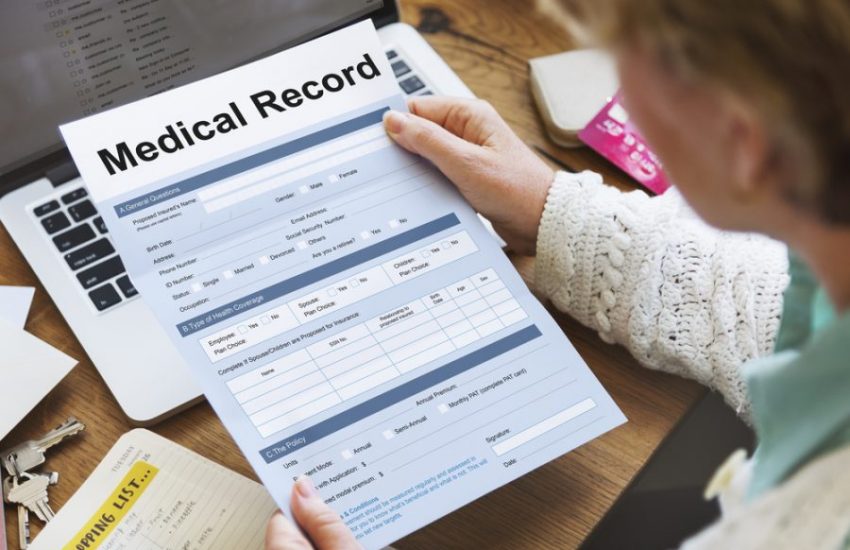Fertility Technology
Getting pregnant is often more challenging than you might expect, especially given how much effort goes into avoiding pregnancy when you’re not ready. Anyone who’s experienced a pregnancy scare when they weren’t ready to start a family, then found it difficult to conceive when the time was right has experienced a cruel but all too common irony.
One of the simplest ways to boost your chances of conceiving quickly is to identify your fertile window: the days when having unprotected sex is most likely to result in pregnancy. This fertile window is defined by when you ovulate: to get pregnant you need fertile sperm to encounter that egg during its lifespan – a maximum of 24 hours after ovulation. Sperm can survive for around five days after ejaculation, so you need to know when you’re going to ovulate to ensure those two timescales overlap. Fortunately, modern technology can help.
There are plenty of different ways you can start to try and identify this key point in your cycle. Simple tracking apps allow you note the days of your period, and if you have a very regular cycle this could be enough to let you know when your due to ovulate.
OPKs or ‘ovulation predictor kits’ have been around for a while and offer a convenient way to check if your ovulating. They work by testing your urine for the key hormones that drive ovulation and returning a positive result when they detect the surge that tells your ovaries to release that egg.
The modern OPKs log your hormone levels, and adapt to your hormonal background, providing an increasingly personalised prediction for your body. Unfortunately,, that still can’t compensate for the bigger hormonal disruptions caused by conditions like PCOS and Hyperthyroidism.
A better way of predicting your ovulation when your hormone levels are clouded by health conditions like these is to measure your basal body temperature. While this is the most accurate measure of your fertility, it’s also the hardest to do well: it requires you to take your core temperature first thing in the morning to access the basic, minimum temperature your body falls to during extended periods of rest, the charting that temperature across multiple cycles to find the pattern that tells you your body is preparing to ovulate.
An ovulation monitor takes some of the burden off your shoulders. They come with sensors that can monitor your temperature right through the night to ensure accurate readings, and computer backed algorithms to turn those into a prediction of your fertile window without arduous charting and calculations!















